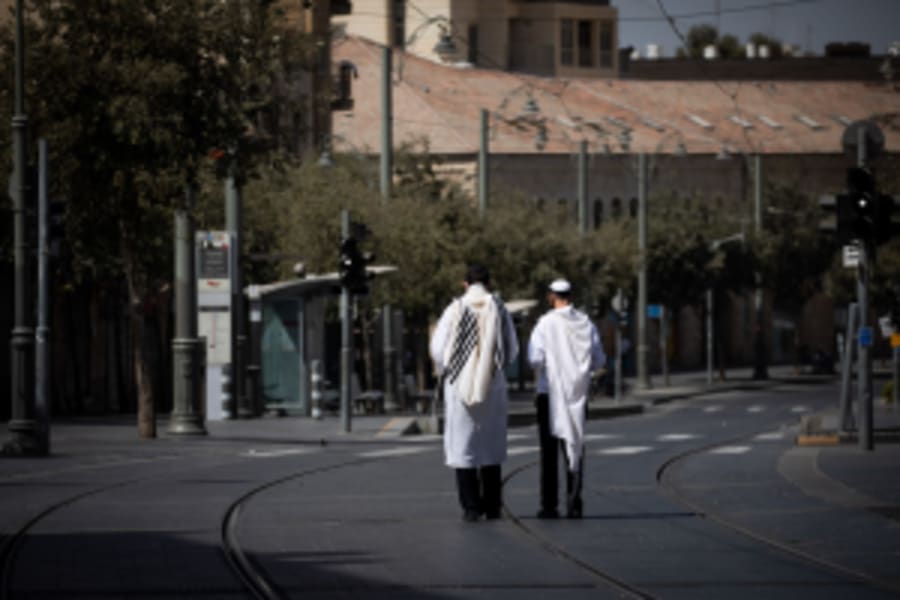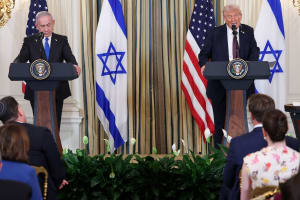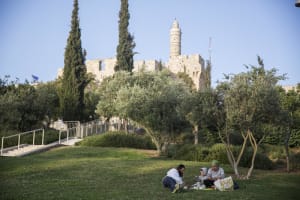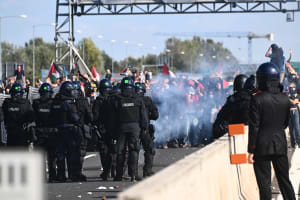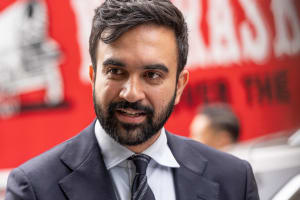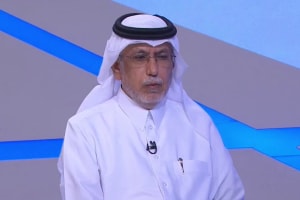Weeks after end of Israel-Iran conflict, Khamenei makes first public appearance in religious ceremony
Appearance on eve of Ashura likely meant as symbol of Iranian resistance
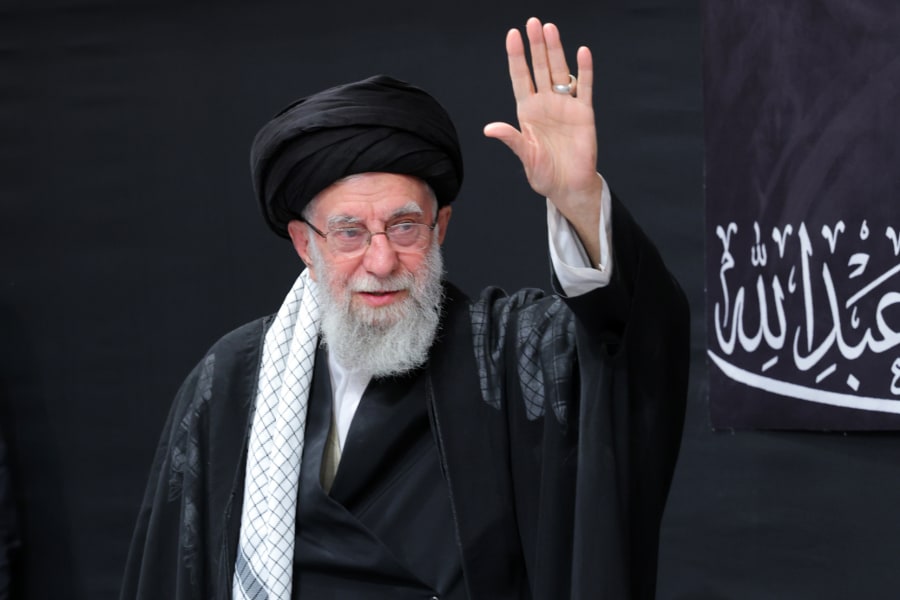
Iranian Supreme Leader Ayatollah Ali Khamenei appeared in public for the first time since the end of the Israel-Iran War, attending a religious ceremony at a mosque in Tehran on Saturday, Iranian state media reported.
The supreme leader was seen on state TV greeting worshippers who came to the Imam Khomeini Hussainiyah mosque near Khamenei’s private residence on the eve of Ashura, one of the most significant days in the Shi’a Muslim calendar.
The crowds appeared to be surprised by Ayatollah Khamenei’s entrance, which hundreds of people rising to their feet and shouting, “Heydar, heyday,” a Shi’ite battle cry.
The event was also attended by several members of the Iranian parliament, including the vice president, the minister of justice, and the speaker of the Parliament.
The moment when the Leader of the Islamic Revolution entered the Imam Khomeini Hussainiyah to attend the fourth night of mourning ceremonies on eve of Ashura, July 5, 2025. pic.twitter.com/Y3WLQAppfe
— Khamenei Media (@Khamenei_m) July 5, 2025
Ashura is a Shia religious observance which commemorates the martyrdom of Hussein, the grandson of Muhammed. According to Islamic tradition, Hussein was killed by the armies of Caliph Yazid in the seventh-century Battle of Karbala.
Ayatollah Khamenei did not make a public address, but was seen waving to the crowd and nodding in response to their chants. During the war, Khamenei only released pre-recorded messages during the early days of the conflict. Later, after going into hiding, he was said to rely only on a personal assistant to communicate with the outside world, eschewing all electronic means of communication, over fears that Israel would be able to locate him.
His last public appearance was during a meeting with members of the Iranian parliament two days before the war started on June 13. After the U.S. dropped bunker buster bombs on Iran’s nuclear sites at Fordow and Natanz, while striking Isfahan with cruise missiles, U.S. President Donald Trump hinted that Khamenei could be a target, saying the U.S. knew where he was hiding.
Trump had posted a call for Iran’s “unconditional surrender” on Truth Social just prior to those strikes, which Khamenei dismissed, while warning the U.S. that “any US military intervention will undoubtedly be accompanied by irreparable damage.”
Later, Trump disavowed any plans to eliminate Khamenei, saying regime change is too messy.
Shortly after the war, Khamenei released a message, claiming victory by having resisted the U.S. and Israel.
Khamenei’s appearance at the Ashura ceremony was likely intended to energize his supporters by demonstrating an attitude of defiance and resilience despite the intense destruction of the Israeli bombing campaign in Iran.
The Shi’ite observance of Ashura, which has often been interpreted as a symbol of resistance, has been a central part of the Islamic Republic’s internal message. Khamenei may have hoped to capitalize on the tradition of Hussein’s last stand to project an image of bold defiance in the face of the U.S. and Israel’s military campaign against Iran.

The All Israel News Staff is a team of journalists in Israel.
You might also like to read this:





